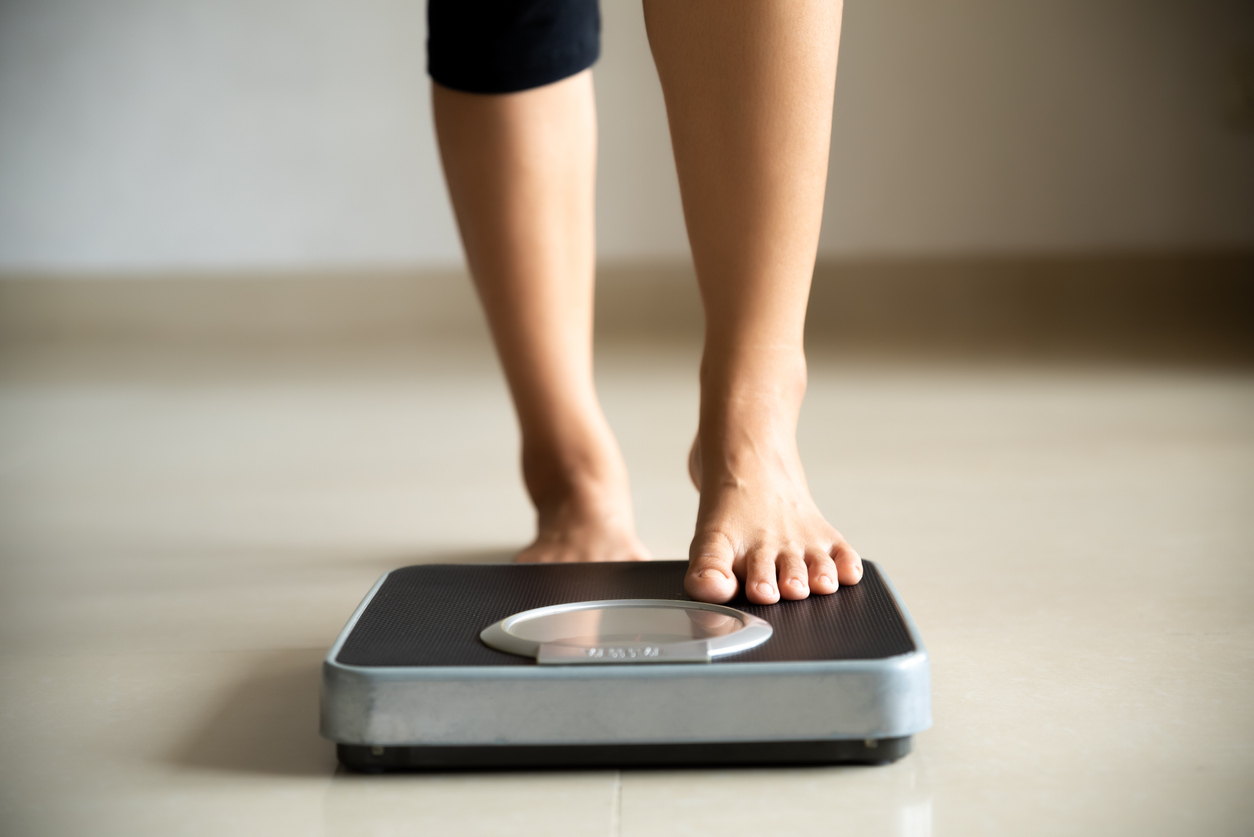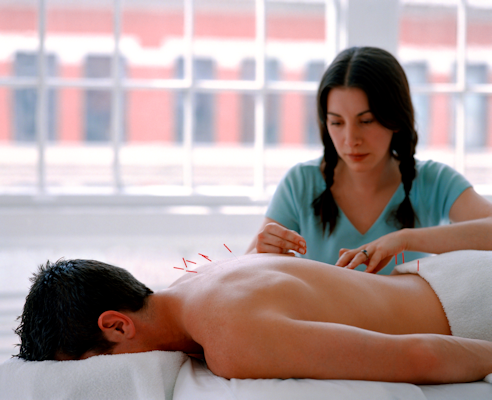by bryan
Share
by bryan
Share
An Interview With Dr. Michelle May
For many of us, dieting and then binging on excessive amounts of food or junk food can be a vicious cycle. One moment we’re watching our waistline and the next, an emotionally draining day at work leaves us reaching for the tub of ice cream. Michelle May, M.D., is the founder of AmIHungry.com and author of Eat What You Love, Love What You Eat: How to Break Your Eat-Repent-Repeat Cycle. Her message to readers is to break the cycle and learn to eat fearlessly and mindfully. She aims to teach people that what you eat, how much you eat and when you eat is often a reaction to your emotional state or the people around you. These habits can be changed at any time in your life, with some of the steps mentioned below, and ultimately lead to a mentally and physically healthier you.
Thumos: Why do you think so many people over eat?
May: People eat too much when they’re not hungry due to environmental cues like the time of day, special occasions, getting their money’s worth, and large portion sizes. Many people also struggle with emotional eating, any reason from boredom and stress, to sadness and anger, to celebration and reward. Food is an easy way to feel better fast, but it doesn’t last very long. And it usually leads to even more overeating. Ironically, some of the most powerful triggers for overeating are deprivation and guilt resulting from restrictive rules about eating.
Thumos: What are the repercussions, physically and mentally, of compulsive eating?
May: Food cannot effectively meet needs other than nourishment and enjoyment. Not only do people gain weight when they eat food their body doesn’t need, but they also don’t meet their true needs, leaving a gap that is often filled with more food.
Thumos: How do emotions play into how much and when we eat?
May: If you’ve learned to associate food with a certain emotional state, such as comfort, calm and happiness, then you may reach for food to soothe or distract yourself from uncomfortable emotions.
Thumos: How can you learn to control those emotions?
May: It is important to recognize that emotions are simply information about our needs. If I feel stressed, this tells me that I need to take a break, prioritize my tasks, ask for help, or take some other action. If I eat instead, not only does the stress come back, but I also add to it by feeling uncomfortable and regretful. The solution is to identify the underlying feelings. Then allow yourself to feel your feelings rather than trying to stuff them down with food. Then decide what would meet your true needs best. Finally, take small steps toward meeting those needs.
Thumos: What are some typical foods people run to first when emotionally eating? Can someone break the “wrong foods” habit?
May: What you eat is highly influenced by why you are eating in the first place. You are more likely to use knowledge about nutrition when you’re eating to meet your body’s needs. You’re less likely to use it when you are eating for other reasons – although guilt associated with your decisions can become an emotional trigger for eating more. When you’re eating for environmental or emotional reasons, you’re more likely to choose foods that are convenient, high in sugar or fat, and come in large portion sizes. The more you understand about why you eat, the easier it becomes to eat less healthy foods in moderation.
Thumos: What are some steps that people can take to changing their compulsive eating habits and creating a healthy relationship with food?
May: Here are four steps to changing your connection with food:
1. Stop diets. They don’t work long term and the result is deprivation, cravings, overeating and guilt, which exacerbate the problem.
2. Whenever you feel like eating ask, “Am I hungry?” This is like checking your fuel gauge before you pull into the gas station. You are not asking the question to decide whether you are allowed to eat, but to recognize why you want to.
3. Eat what you love fearlessly. Consider both what you want to eat and what you need to eat in order to balance enjoyment and nourishment.
4. Love what you eat mindfully. Eat with the intention of feeling better when you’re done than you did when you started and pay attention to the food and your body as you eat.
Thumos: Is there a way to program your mind to focus on eating nutrient-dense foods that provide vitamins and minerals versus junk foods?
May: Healthy eating isn’t perfect eating. All foods can fit into a healthy diet using the principles of balance, variety and moderation. As you become more aware of how you feel based on what and how much you eat, you can make small adjustments until you understand what works best for you.
Thumos: How does one’s emotional connection to food relate to a person’s overall health?
May: It is normal to have emotional connections to food. The channels emerge when eating is the primary way you attempt to meet your emotional needs. While most people focus on their weight, that is only the symptom and not the problem. Instead, use the desire to eat when you aren’t hungry as an opportunity to care for your body, mind, heart and spirit.
Thumos: How will someone know when he or she has finally created a healthy relationship with food?
May: For me, I knew I had a healthy relationship with food when I was no longer preoccupied by thoughts of eating and weight. I can eat whatever I want – yet I usually don’t eat more than I need. I love eating but it is only one of the many things I love to do.
Weight is a major health concern for many people. More than two thirds of Americans are overweight. Being overweight is detrimental to your health in many ways, but many find […]
Stress is ubiquitous in modern life. From buzzing alarm clocks to rushed dinners on the way to evening activities, it can be tough to simply relax and recharge. Fortunately, acupuncture […]
Infertility issues are heartbreaking, and are all too common. Yet with proper intervention, many couples can achieve their dreams of pregnancy. Both fertility acupuncture and IVF (in vitro fertilization) have […]
The Problem Our immune systems are designed to protect us from foreign particles. The problem is that they tend to overreact to particular compounds, such as pollen. The surge of […]


